Port Meadow
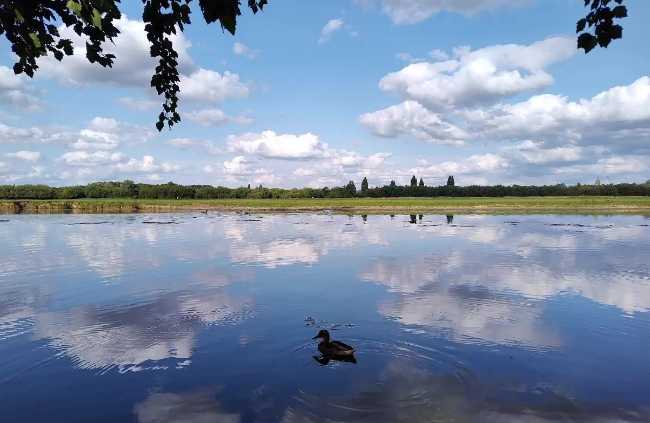
Port Meadow, stretching from Jericho to Wolvercote along the River Thames, is one of Oxford’s most ancient and unspoiled landscapes, with a history of continuous grazing dating back over 4,000 years. Legend holds that Alfred the Great granted the land to the Freemen of Oxford in the 10th century in return for their defence of the kingdom, a right to graze animals still honoured today. Never ploughed, the meadow’s rare flora and archaeological features, including Bronze Age barrows, make it both a Site of Special Scientific Interest and a Scheduled Ancient Monument. In winter, floodwaters create shimmering lakes that attract wildfowl, while in summer its wide skies and open grasslands draw walkers, picnickers, and swimmers. The area has inspired writers from Lewis Carroll to contemporary poets, offering a sense of tranquillity just minutes from the city centre. With its blend of natural beauty, deep history, and living tradition, Port Meadow remains a treasured part of Oxford’s heritage and community life.
Oxford United KingdomPort Meadow is a vast, historic common land located just northwest of Oxford’s city centre, bordered by the River Thames to the west and the railway line to the east. Spanning approximately 450 acres, this ancient flood meadow has been used for grazing horses and cattle for centuries and is notable for never having been ploughed, preserving important archaeological features dating back to the Bronze and Iron Ages. Access points include Walton Well Road and Aristotle Lane from the south, with car parks at Walton Well Road and Godstow Road, while the northern boundary leads to Wolvercote village. The meadow is renowned for its natural beauty, open space for walking, cycling, and wildlife watching, especially birdlife attracted during winter floods. Nearby attractions include Burgess Field Nature Reserve, Oxford’s oldest monument, the Thames Path, and just across the river, villages like Binsey and popular spots like Bossoms Boatyard and Medley Sailing Club. Port Meadow offers unparalleled panoramic views across Oxford’s dreaming spires and is a cherished green lung just a short distance from the city centre.
 Ashmolean Museum
Oxford
Ashmolean Museum
Oxford
 Museum of Oxford
Oxford
Museum of Oxford
Oxford
 Oxford University Museum of Natural History
Oxford
Oxford University Museum of Natural History
Oxford
 Pitt Rivers Museum
Oxford
Pitt Rivers Museum
Oxford
 History of Science Museum
Oxford
History of Science Museum
Oxford
 Bate Collection of Musical Instruments
Oxford
Bate Collection of Musical Instruments
Oxford
 Science Oxford Centre
Oxford
Science Oxford Centre
Oxford
 The Story Museum
Oxford
The Story Museum
Oxford
 Oxford Illusion Museum
Oxford
Oxford Illusion Museum
Oxford
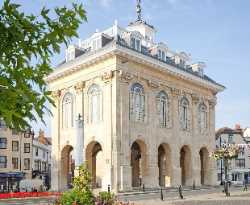 Abingdon County Hall Museum
Oxford
Abingdon County Hall Museum
Oxford
 The painted room
Oxford
The painted room
Oxford
 Christ Church Picture Gallery
Oxford
Christ Church Picture Gallery
Oxford
 Convocation House
Oxford
Convocation House
Oxford
 Oxford Bus Museum
Oxford
Oxford Bus Museum
Oxford
 Oxford Playhouse
Oxford
Oxford Playhouse
Oxford
 New Theatre Oxford
Oxford
New Theatre Oxford
Oxford
 Pegasus Theatre
Oxford
Pegasus Theatre
Oxford
 The North Wall Arts Centre
Oxford
The North Wall Arts Centre
Oxford
 Burton Taylor Studio
Oxford
Burton Taylor Studio
Oxford
 Modern Art Oxford
Oxford
Modern Art Oxford
Oxford
 Ovada
Oxford
Ovada
Oxford
 Sarah Wiseman Galler
Oxford
Sarah Wiseman Galler
Oxford
 Castle Fine Art Oxford
Oxford
Castle Fine Art Oxford
Oxford
 Oxford Castle & Prison
Oxford
Oxford Castle & Prison
Oxford
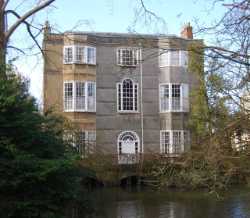 The Grandpont House
Oxford
The Grandpont House
Oxford
 Christ Church College
Oxford
Christ Church College
Oxford
 Radcliffe Camera
Oxford
Radcliffe Camera
Oxford
 Sheldonian Theatre
Oxford
Sheldonian Theatre
Oxford
 Carfax Tower
Oxford
Carfax Tower
Oxford
 Martyrs’ Memorial
Oxford
Martyrs’ Memorial
Oxford
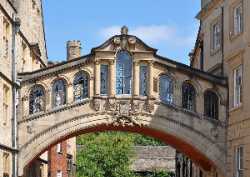 Bridge of Sighs
Oxford
Bridge of Sighs
Oxford
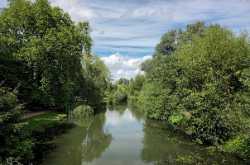 University Parks
Oxford
University Parks
Oxford
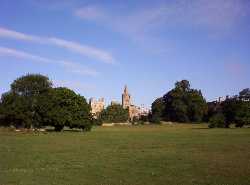 Christ Church Meadow
Oxford
Christ Church Meadow
Oxford
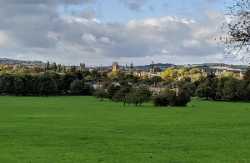 South Park
Oxford
South Park
Oxford
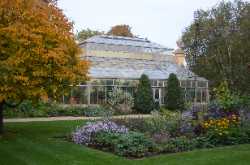 Oxford Botanic Garden
Oxford
Oxford Botanic Garden
Oxford
 Oxford Covered Market
Oxford
Oxford Covered Market
Oxford
 Gloucester Green Market
Oxford
Gloucester Green Market
Oxford
 East Oxford Farmers’ & Community Market
Oxford
East Oxford Farmers’ & Community Market
Oxford